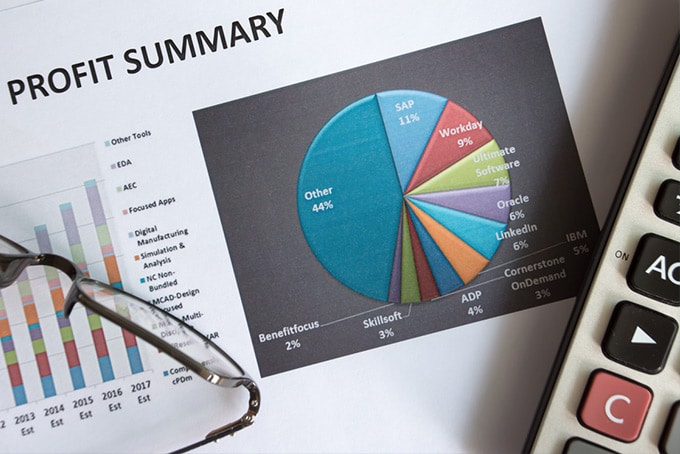
Savvy financial operators utilize a variety of tools to ensure their money is being spent responsibly. One tactic is monthly money monitoring, and there are several ways to do it. But before we delve into the details, let’s talk about why monitoring or tracking your spending for a month might be an eye-opening and, ultimately, smart move for your finances.
Many of us are diligent about paying our regular bills on time, such as utilities, mortgage or rent payments, car notes, and credit card payments. However, when it comes to other spending like food, entertainment and last-minute expenses, some of us are less than meticulous about keeping track of how much is flowing out of our bank accounts every month. While this might not necessarily be a problem, particularly if you can afford it, it could potentially hinder your ability to save as much as you can or allot the maximum amount to paying off debt. In this case, improvements can be made.
So just what are the best ways to monitor your money? Here are a few ideas:
- Exercise honesty. It’s important for you to mentally commit to the process. Don’t short change yourself by conveniently leaving out small or non-recurring expenses. If you do, instead of having a clear financial spending picture come month’s end, you’ll have a watered-down money record. This is not what you want, and it will do you no good in accomplishing your short-term and/or long-term goals. Keep yourself honest if you want to create change.
- Write it all down. I’m not necessarily talking about creating a budget – though you should make one if you don’t have one – I’m referring to recording all of your monthly expenditures. Start by listing all of your spending at the end of each day, excluding nothing, even if it’s a pack of gum picked up at the convenience store. Remember, you are aiming to get an accurate picture of where your money’s going, so it won’t do you any good to leave out the small stuff. Keep your receipts to ensure everything is counted. It all adds up, after all.
- Use an electronic spreadsheet. If the thought of taking pen or pencil to paper is too low-tech for you but you still like the idea of do-it-yourself tracking, a spreadsheet is the way to go. Free money-tracking templates are available from Google Sheets, which also allows you to update your document from any of your devices so long as you have internet access. Excel from Microsoft is also a handy tool but has costs attached for every device it’s downloaded to. Both programs are worthwhile options, though free is always nice.

- Take advantage of free money-monitoring apps. Options like Personal Capital, Mint, Wally and Exact are good options. Though each of these apps provide money-tracking services, there are other financial reasons to check them out. Personal Capital can determine your net worth, and it also offers a fee-based investment retirement service. Mint helps you to create a budget and automatically pay your bills. The Exact app offers even more. Based on your activity, it can predict how you will spend and save moving forward. This can go a long way toward letting you know how long it will take to pay off a debt, and since it will also track your spending you will be better able to see how cutting back on expenses can put you in the debt-free zone even quicker.
Money monitoring is smart and can do wonders for your overall financial picture. If you need help getting started or are looking for a different way to access your monthly money picture, you can always reach out to the team at American Credit Foundation.